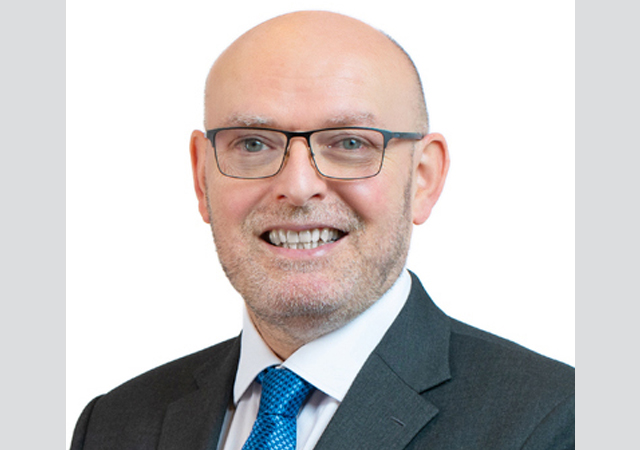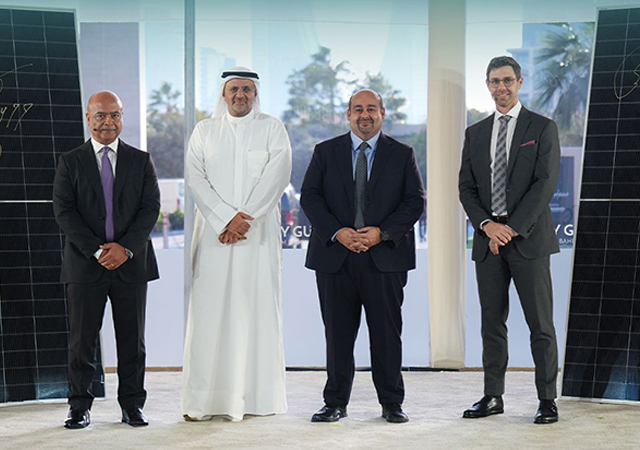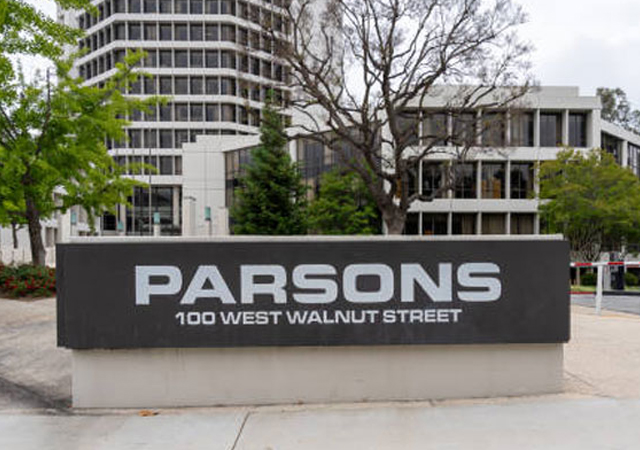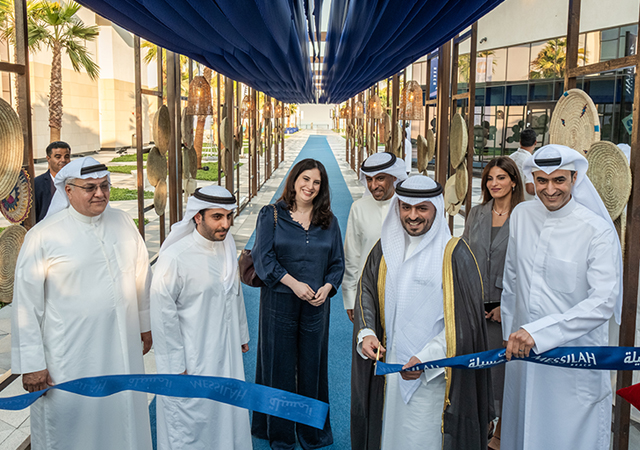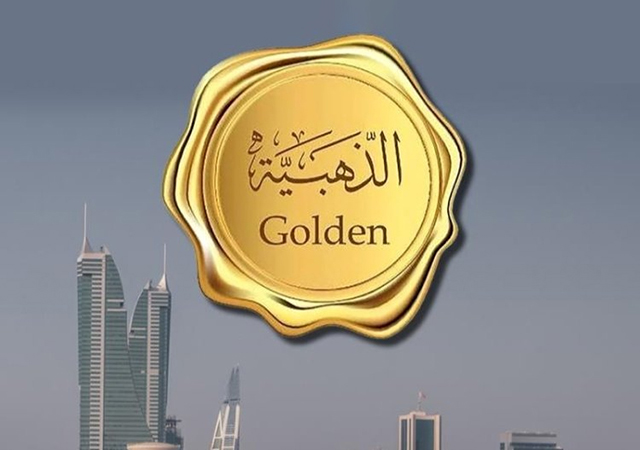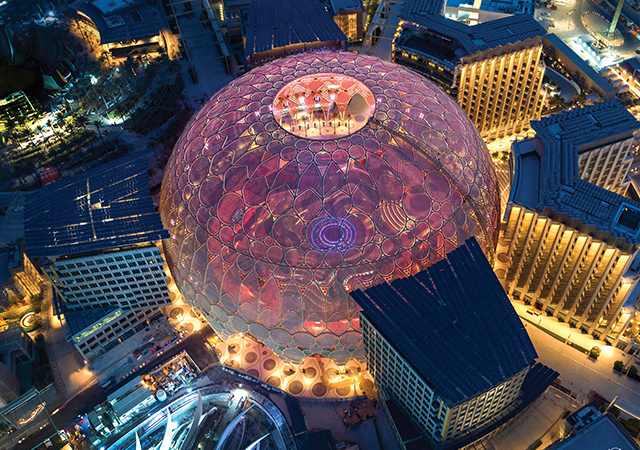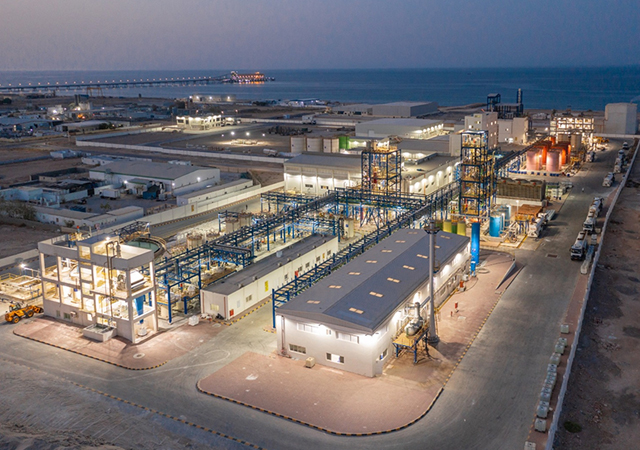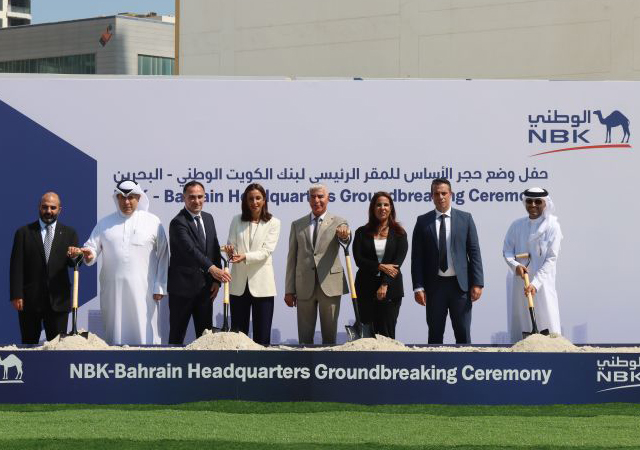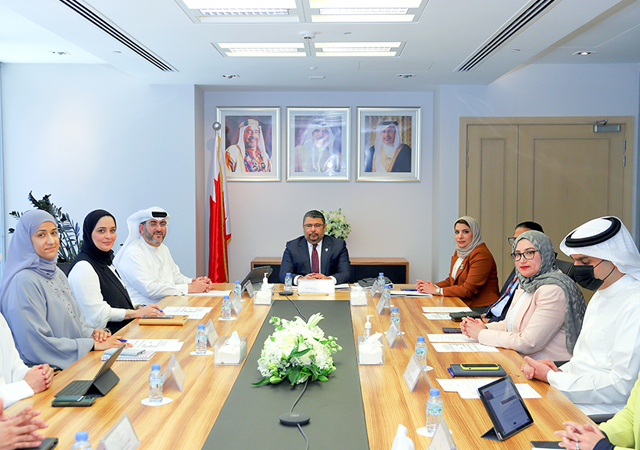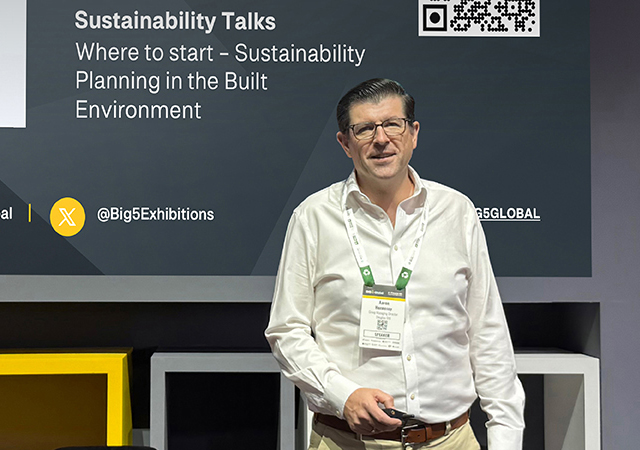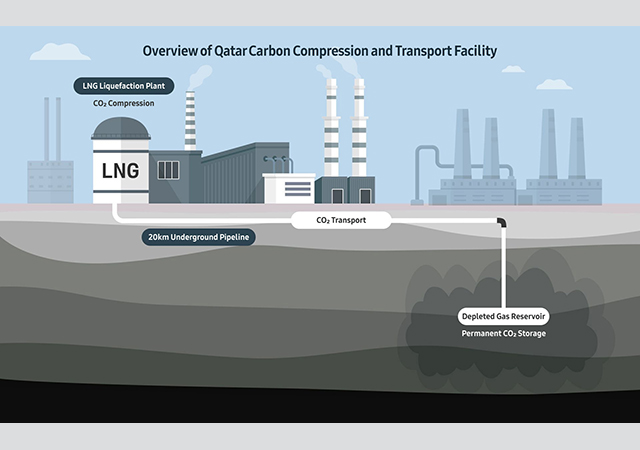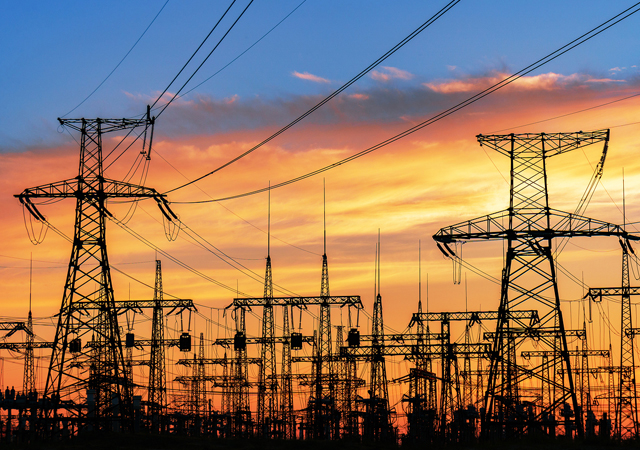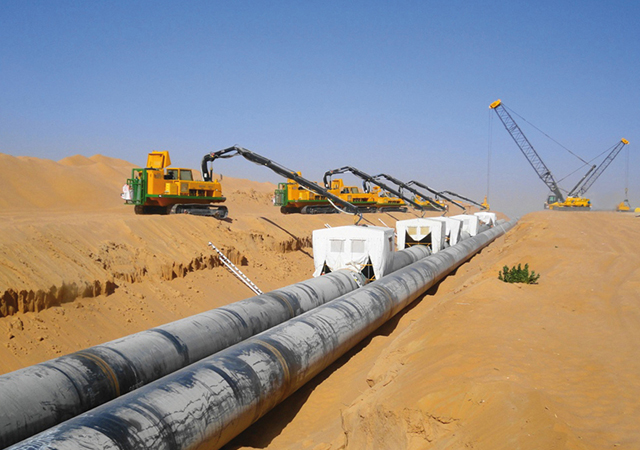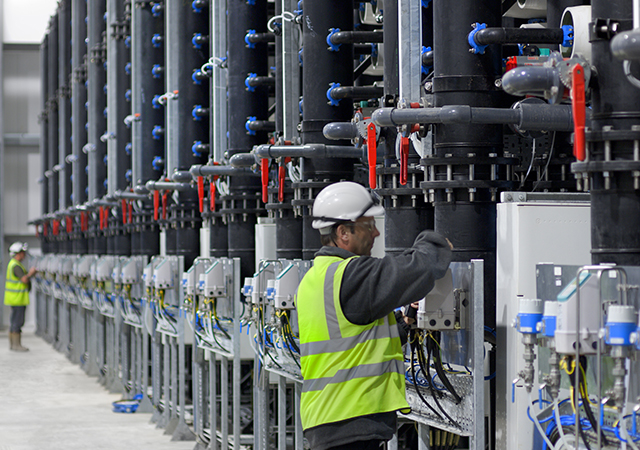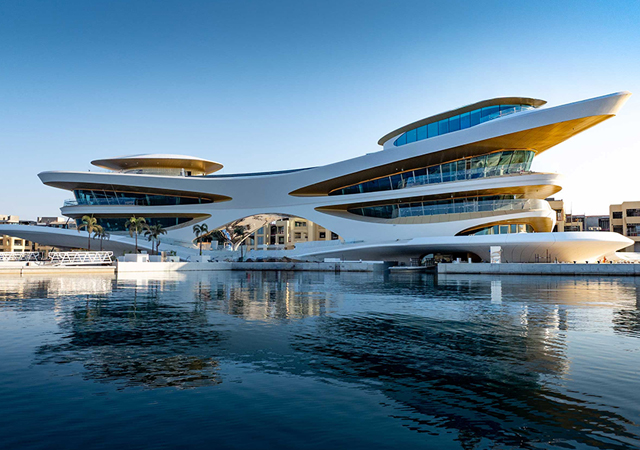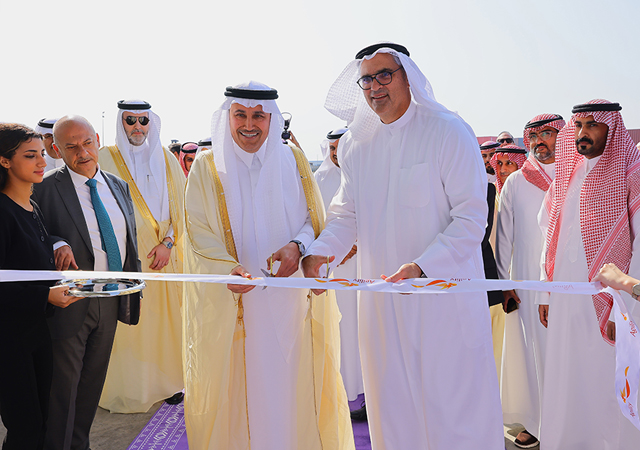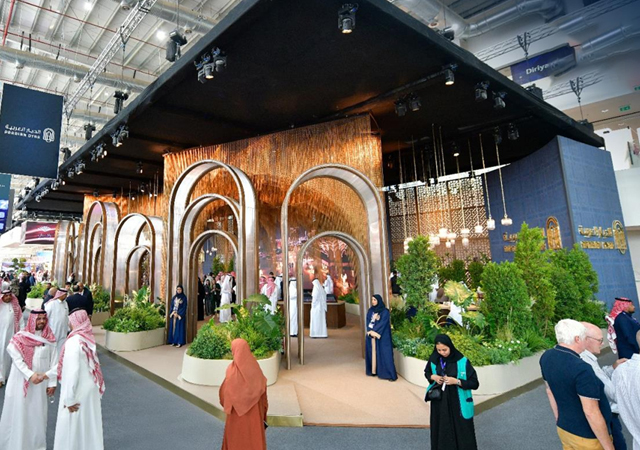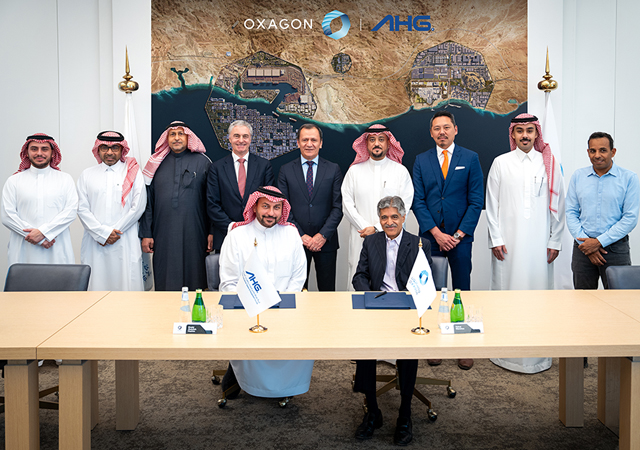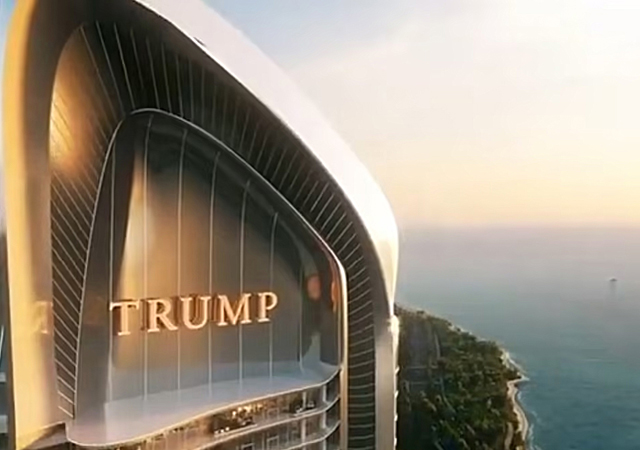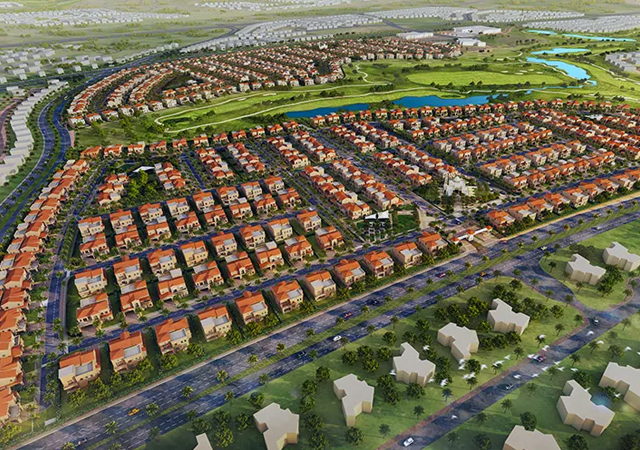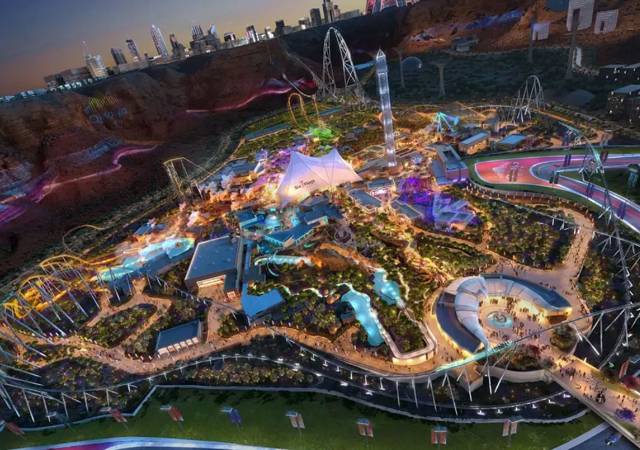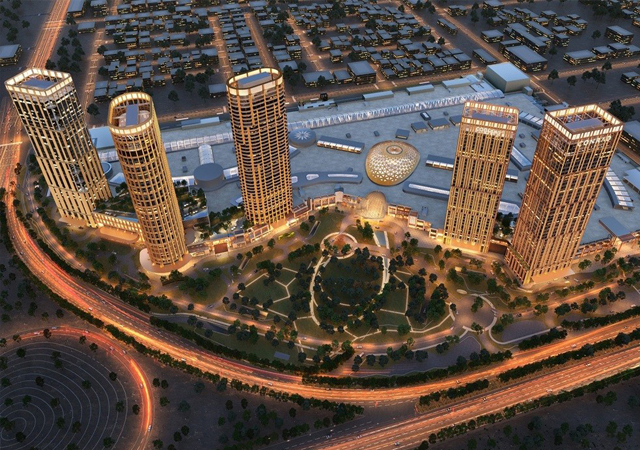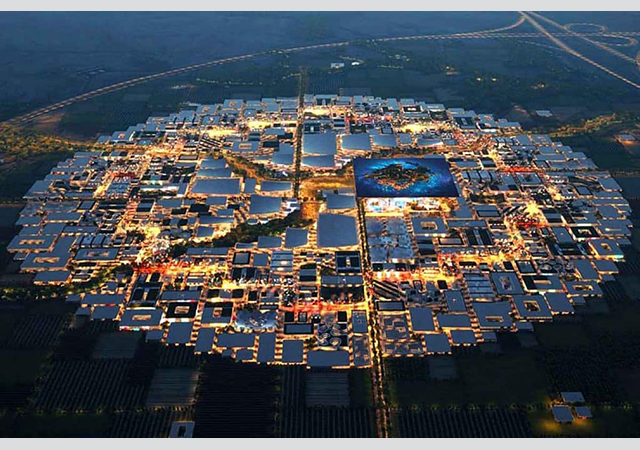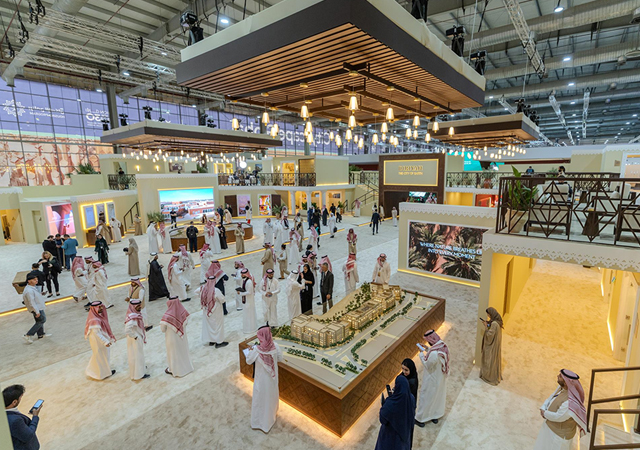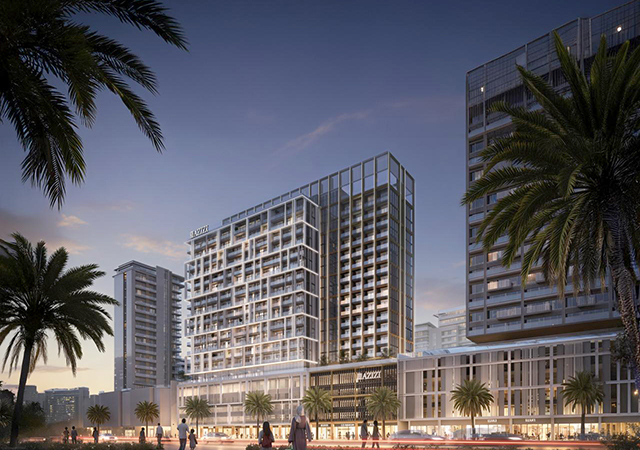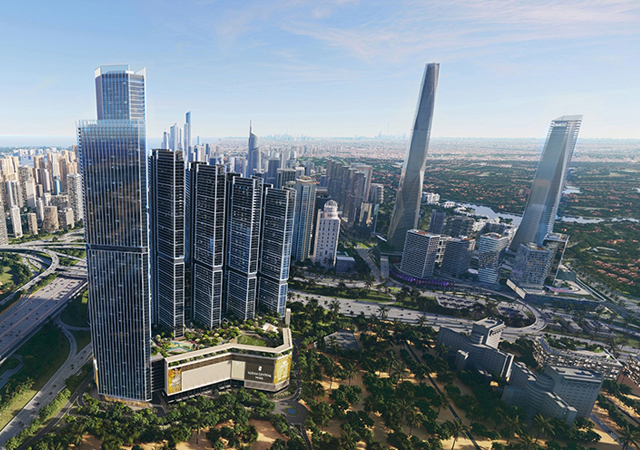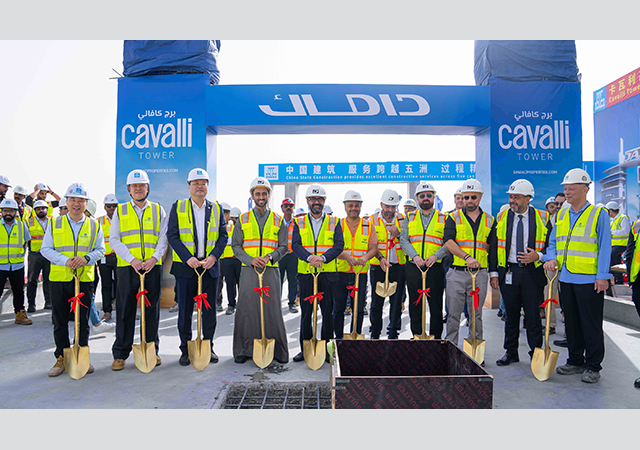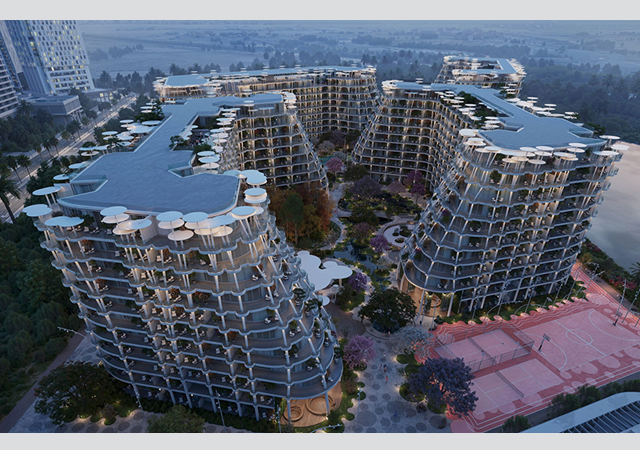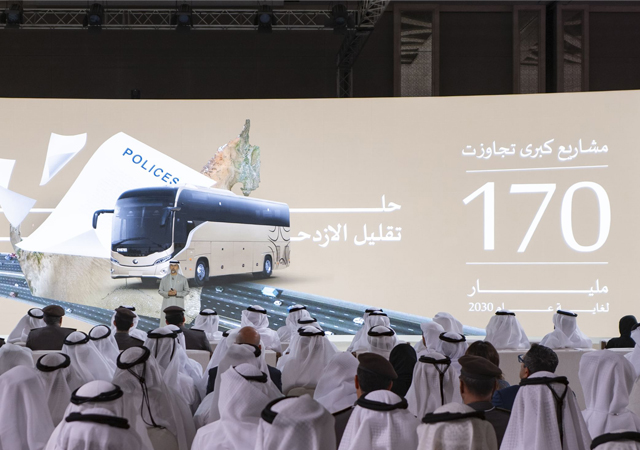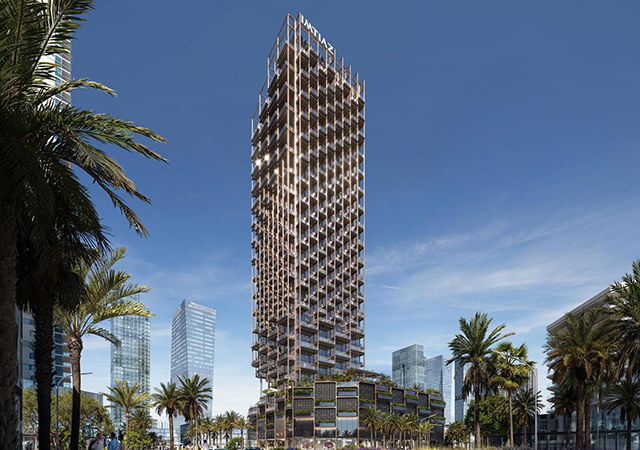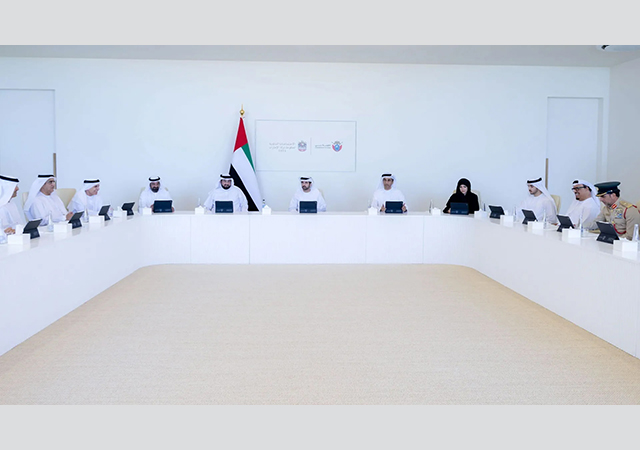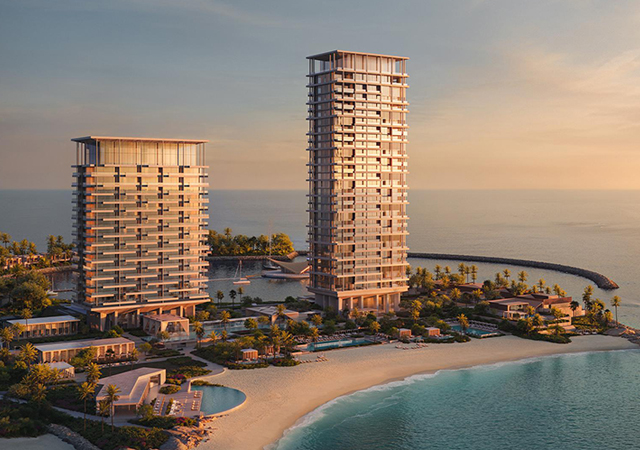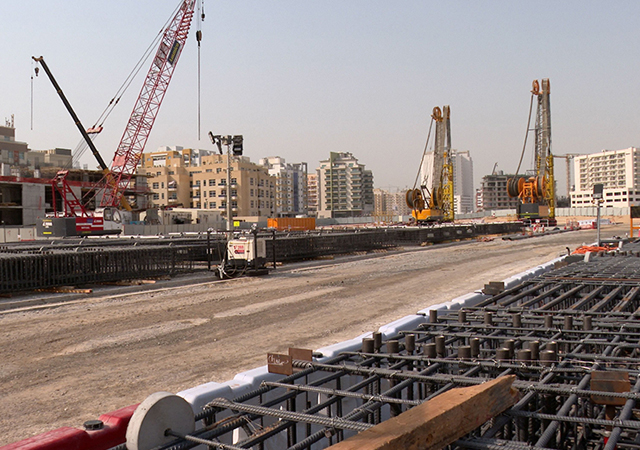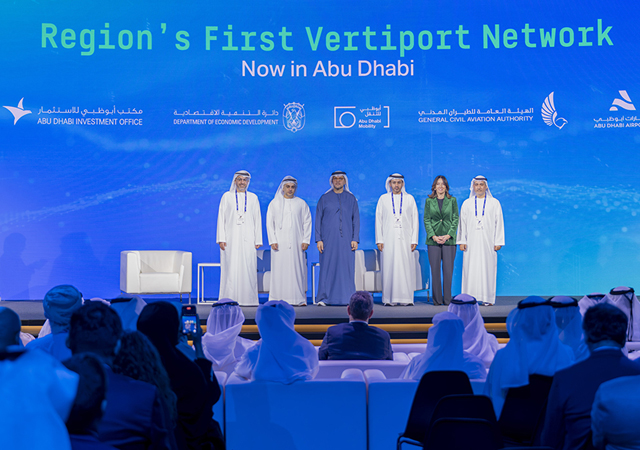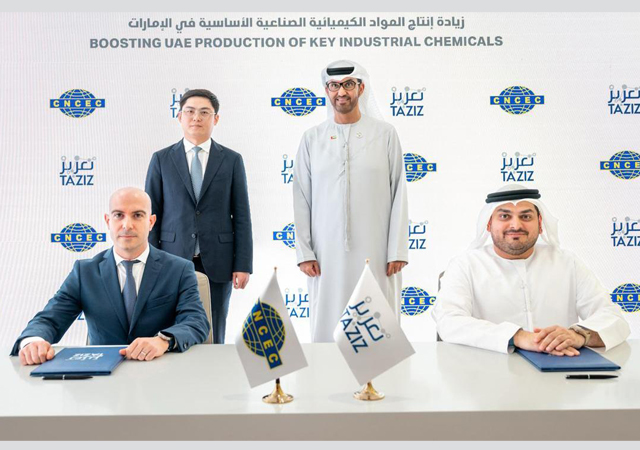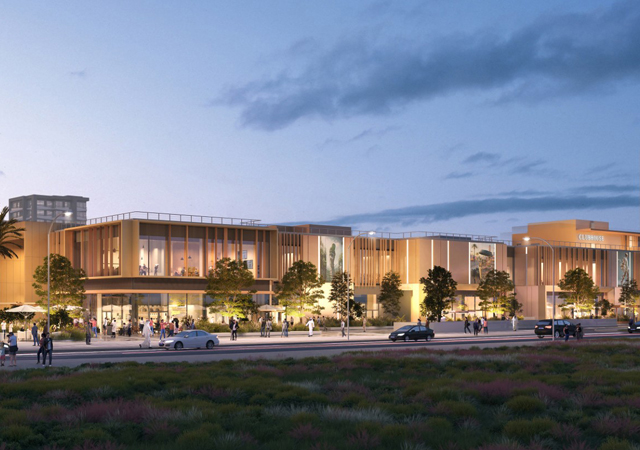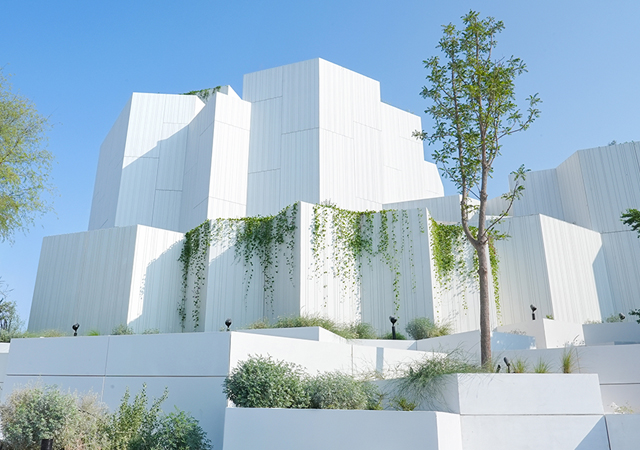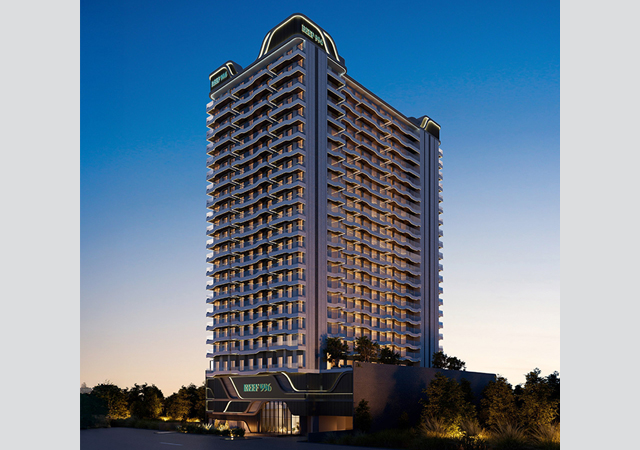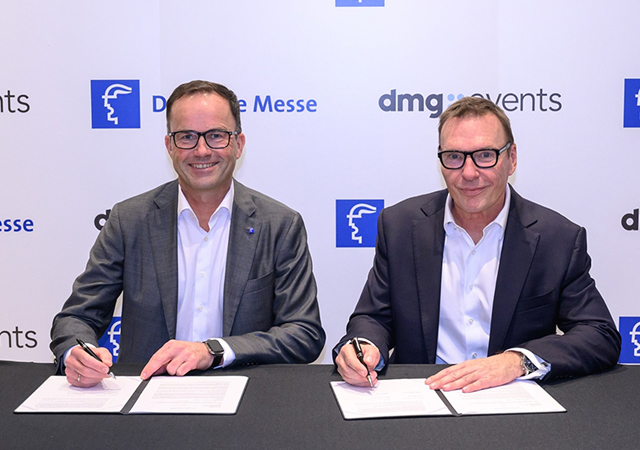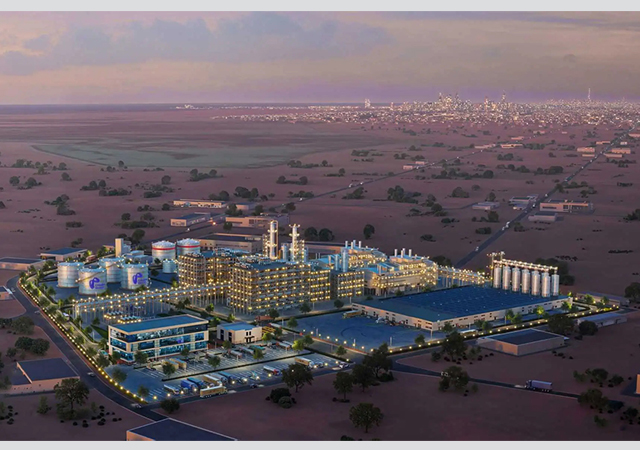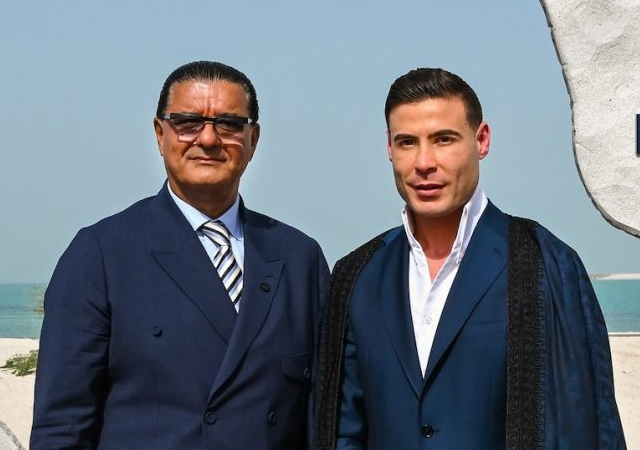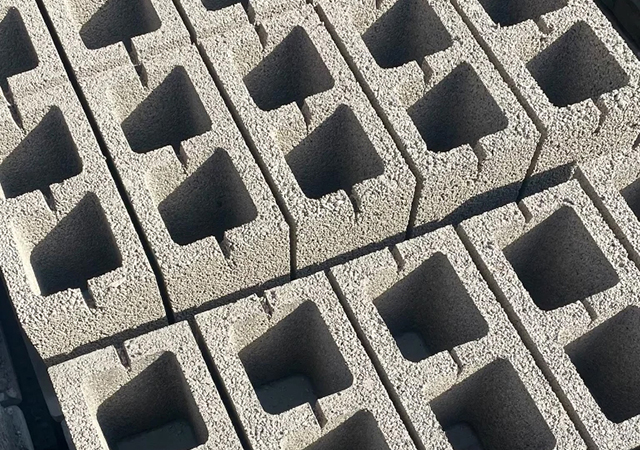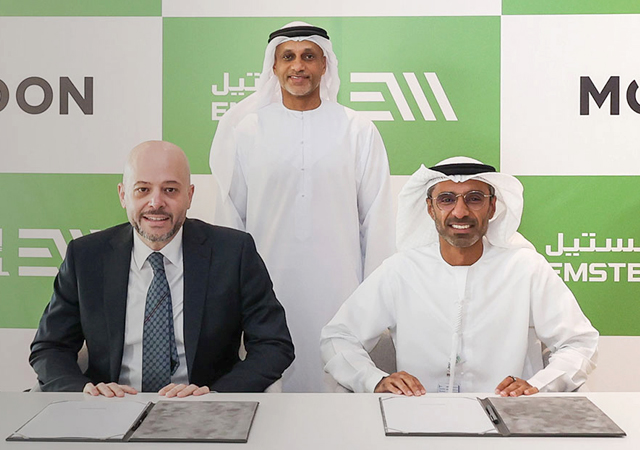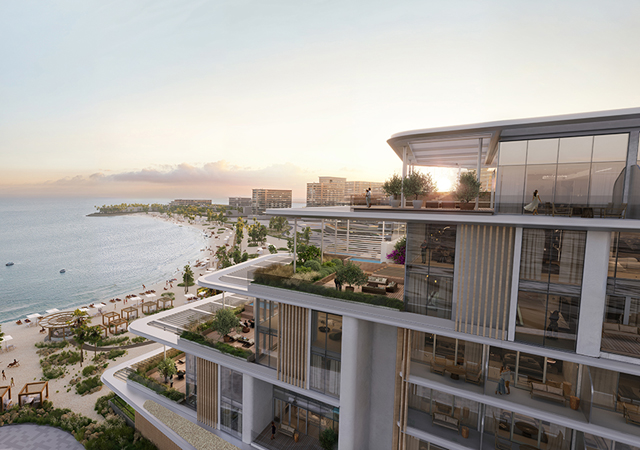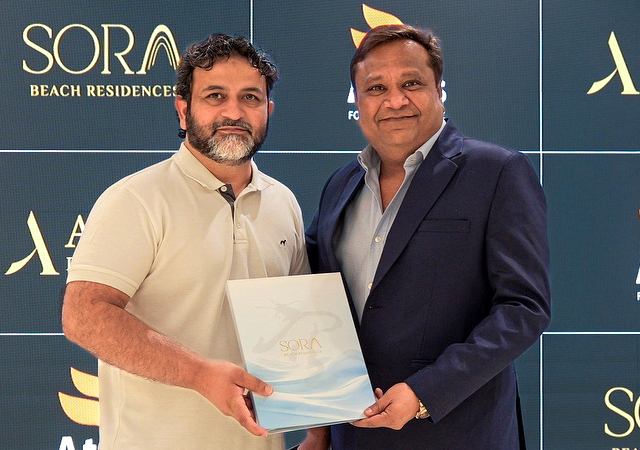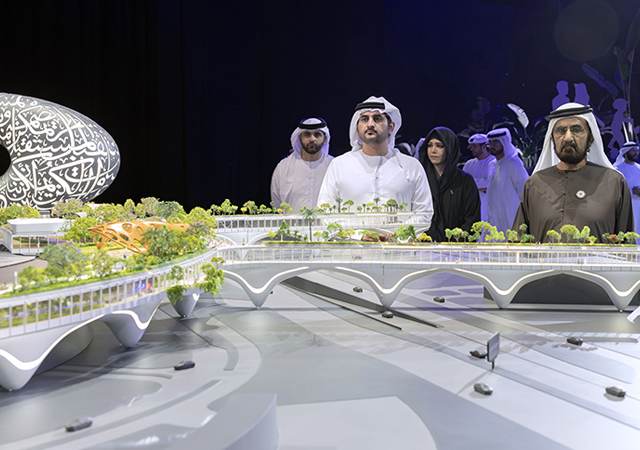
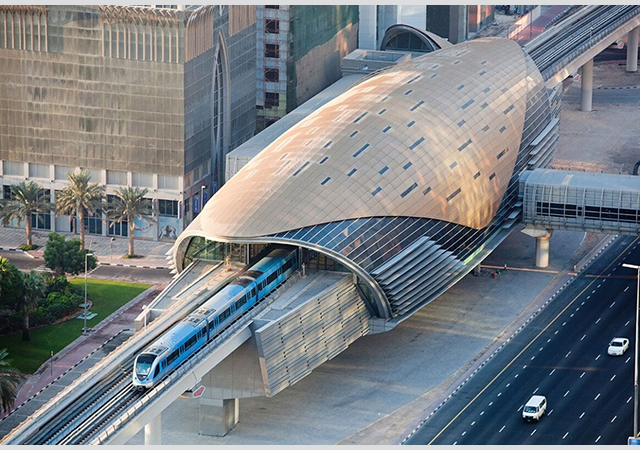 Dubai Metro Blue Line ... 14 new stations planned.
Dubai Metro Blue Line ... 14 new stations planned.
Dubai’s Roads and Transport Authority last month awarded a consortium of Turkish and Chinese companies – Mapa, Limak and CRRC – the contract for the $5.6-billion Dubai Metro Blue Line project.
Construction is slated to begin in April, with all works expected to be completed and operations officially commencing in September 2029. This milestone will coincide with the 20th anniversary of the Dubai Metro Red Line.
Once operational, the Blue Line will cover a total length of 30 km – of which 15.5 km will be underground and 14.5 km elevated tracks – with 14 stations along the route, said RTA.
Announcing the contract award, Mattar Al Tayer, the Director General and Chairman of the RTA Board of Executive Directors, said the consortium was selected through an international tender process that attracted five alliances comprising 15 global firms specialising in metro systems and infrastructure.
As per the deal, Mapa and Limak will be responsible for overseeing civil works, while CRRC will handle the rail systems.
Al Tayer pointed out that the project builds on the remarkable success of the Dubai Metro since its inauguration on September 9, 2009.
With a capacity of 46,000 passengers per hour in both directions and a train frequency of two minutes, the Blue Line is expected to serve nearly 200,000 passengers daily by 2030, rising to 320,000 passengers daily by 2040, remarked Al Tayer.
A signature architectural station will be constructed in Dubai Creek Harbour, serving as a highlight of the project. Designed by the globally renowned firm Skidmore, Owings & Merrill (SOM), the station harmonises with the modern urban character of the surrounding residential and commercial towers.
Spanning 10,800 sq m, the station can accommodate 160,000 passengers daily, with an anticipated 70,000 daily users by 2040, said Al Tayer.
Additionally, the Blue Line will feature Dubai Metro’s first crossing over Dubai Creek via a 1,300-m bridge, said the RTA.
The line will also serve prominent residential neighbourhoods such as Al Rashidiya, Al Warqaa and Mirdif, along with Dubai Silicon Oasis and Dubai Academic City.
The line will feature International City (1), the largest underground interchange station in the metro network. Covering over 44,000 sq m, this station will have the capacity to handle 350,000 passengers daily, significantly enhancing connectivity across the metro system. It will also have two other interchange stations at Al Khor on the Green Line and Centrepoint on the Red Line.



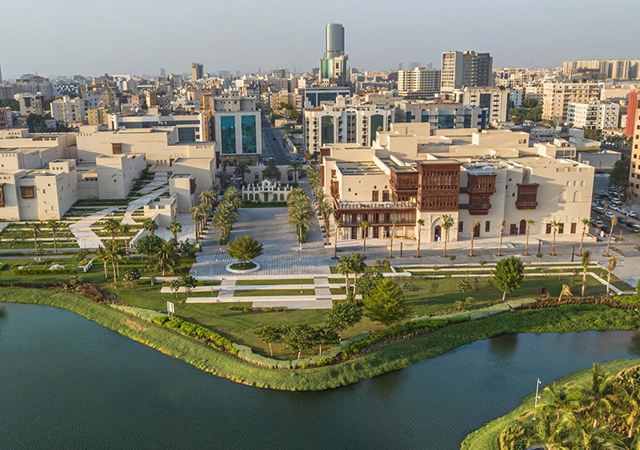
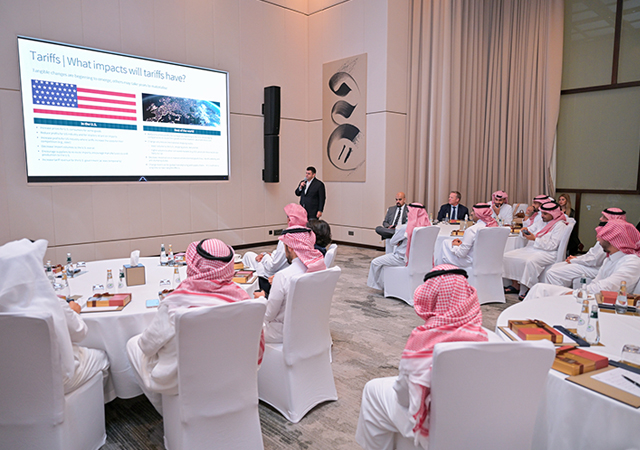
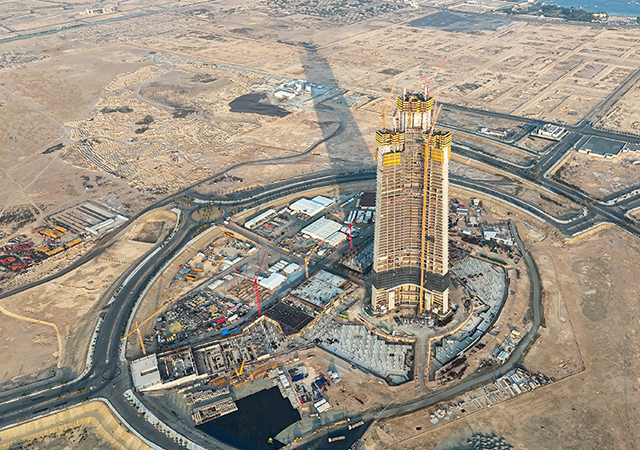
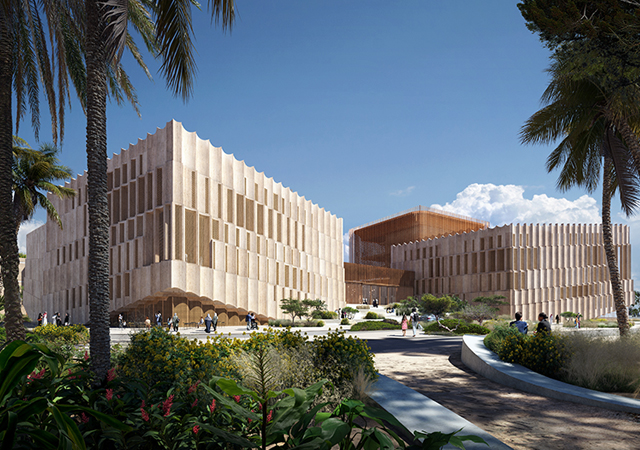
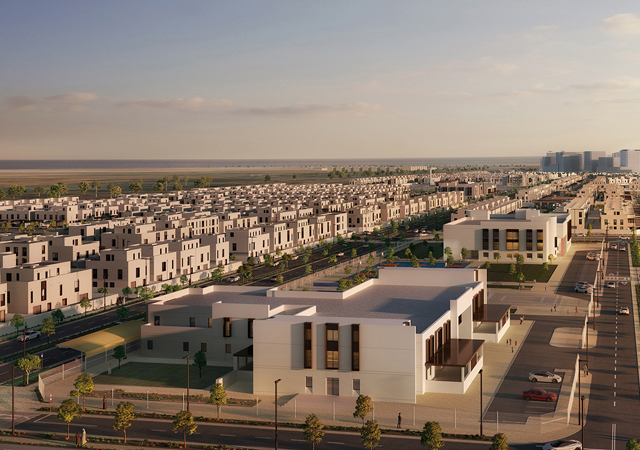
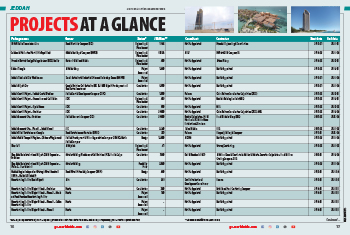
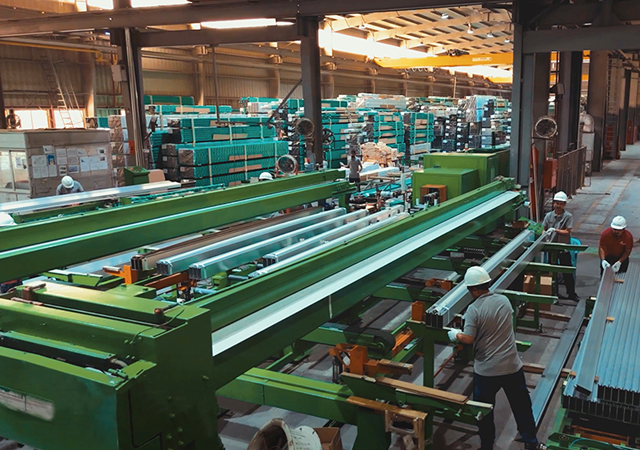

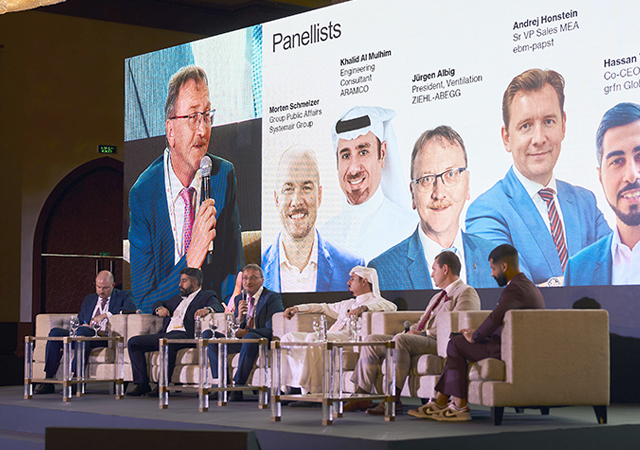
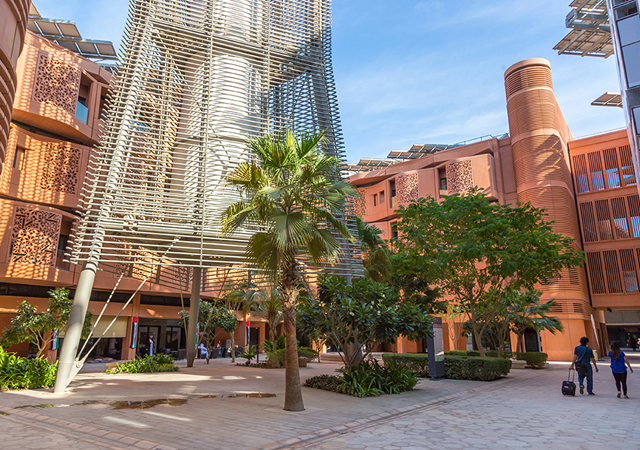
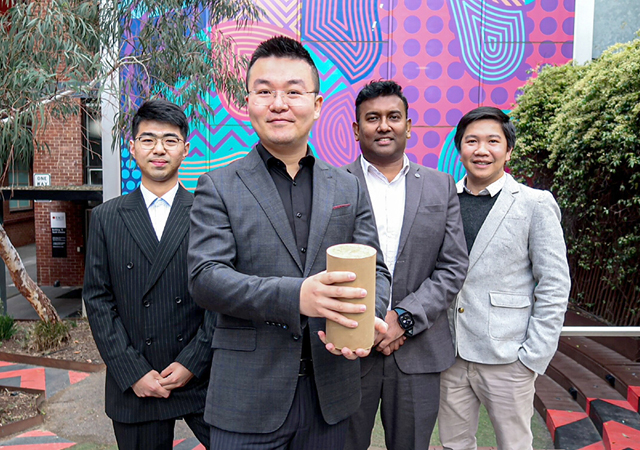
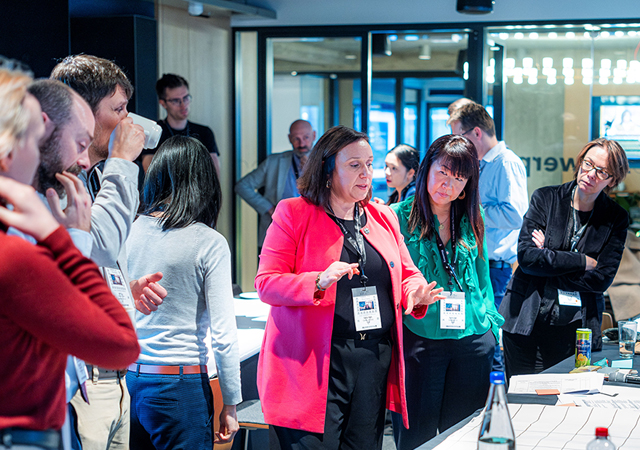
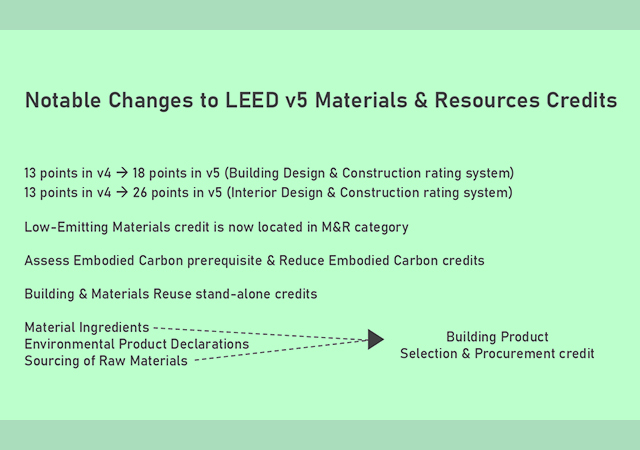
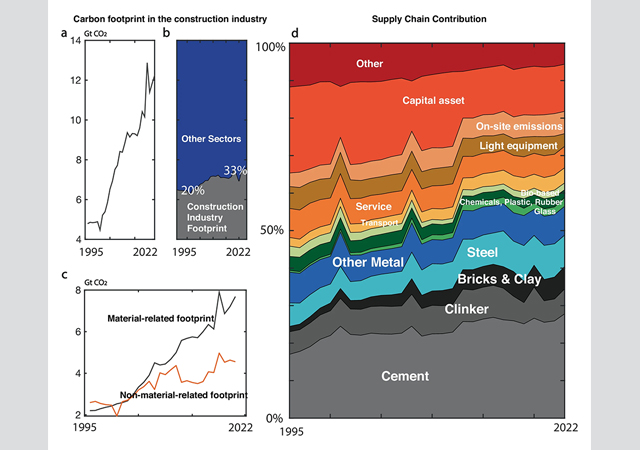
.jpg)
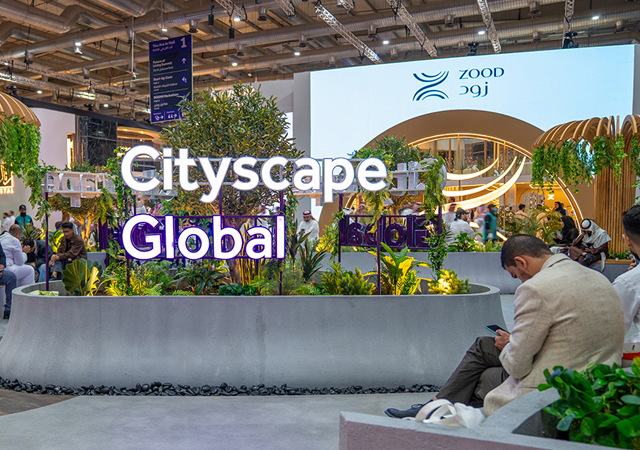
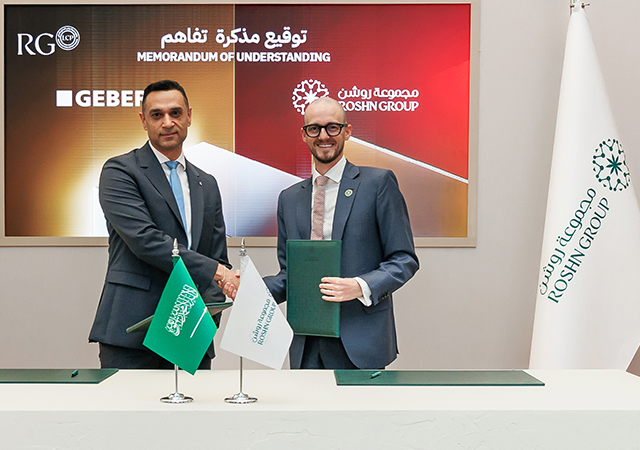
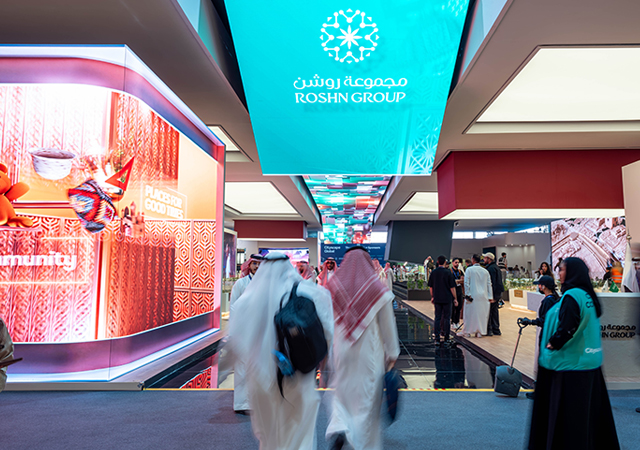
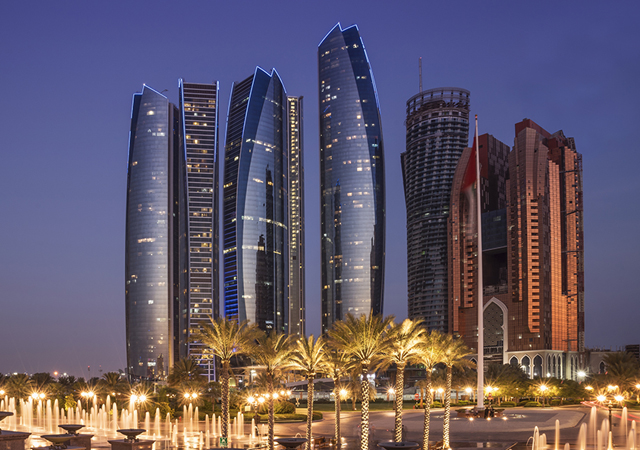
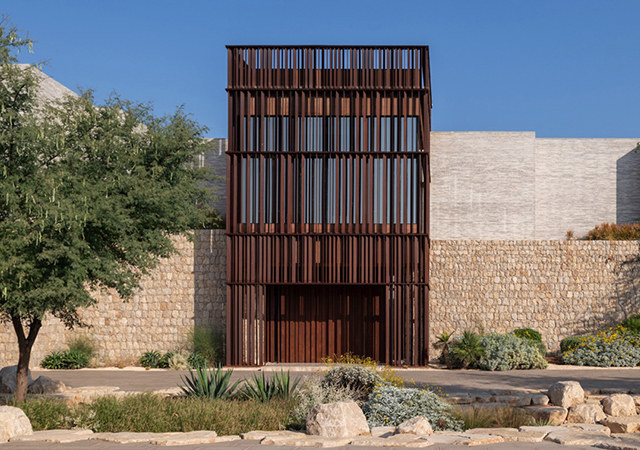
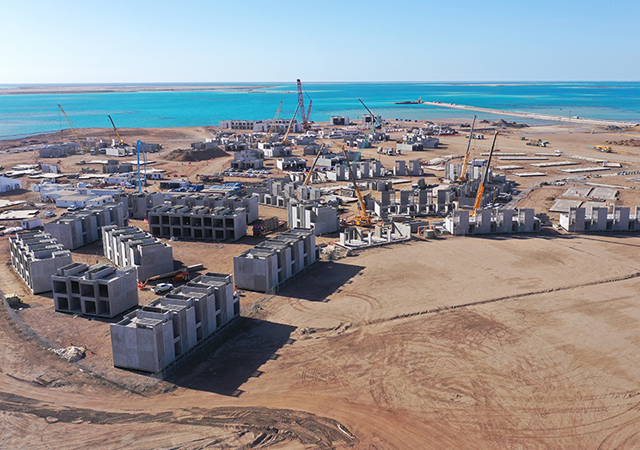
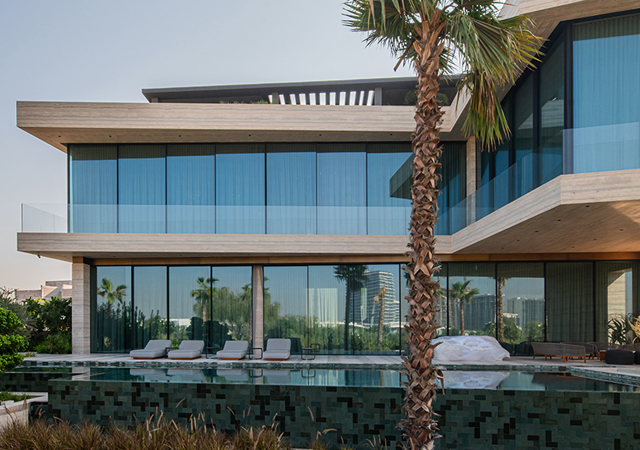
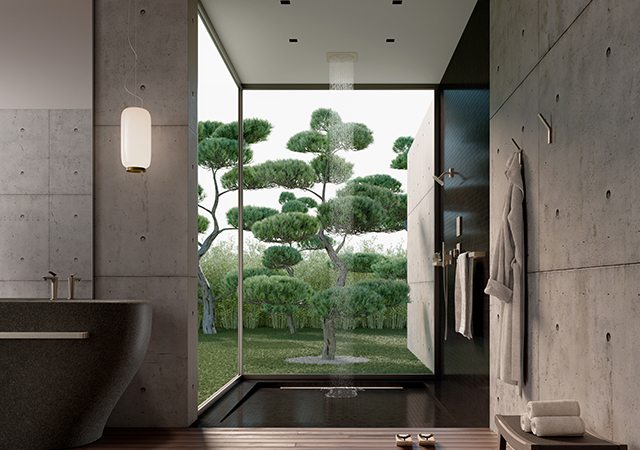

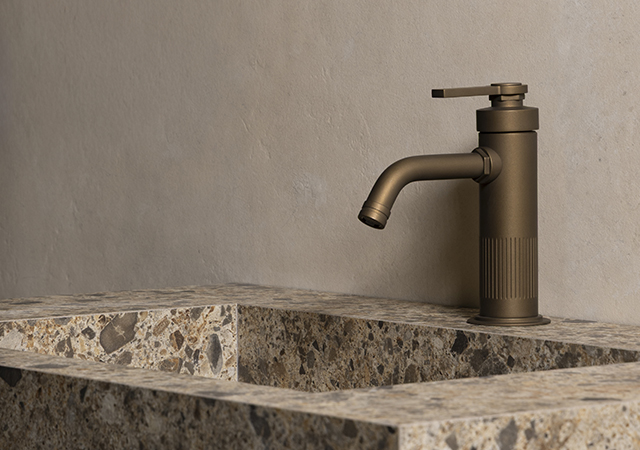

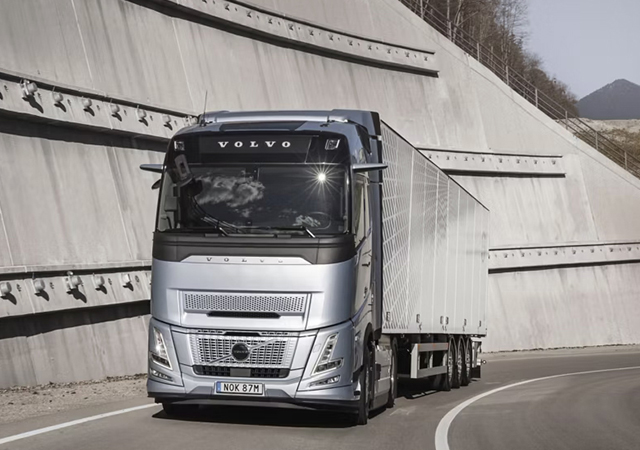
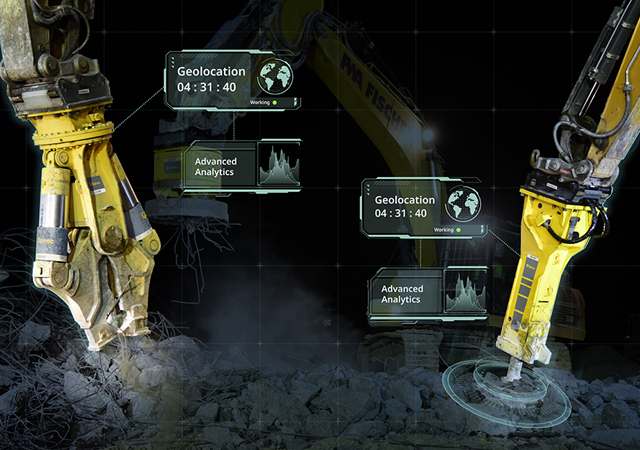
 (1).jpg)
